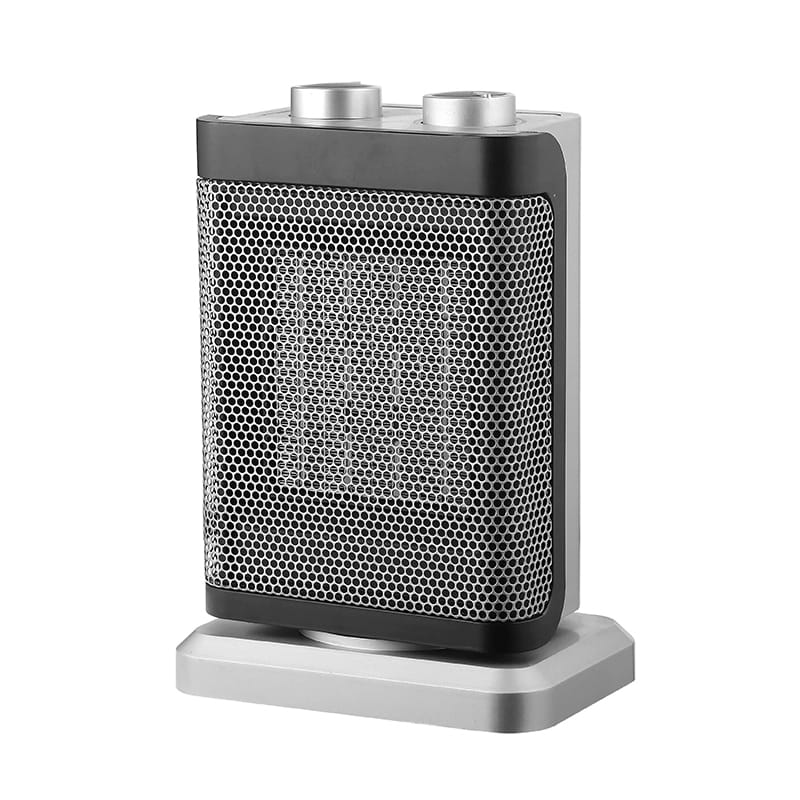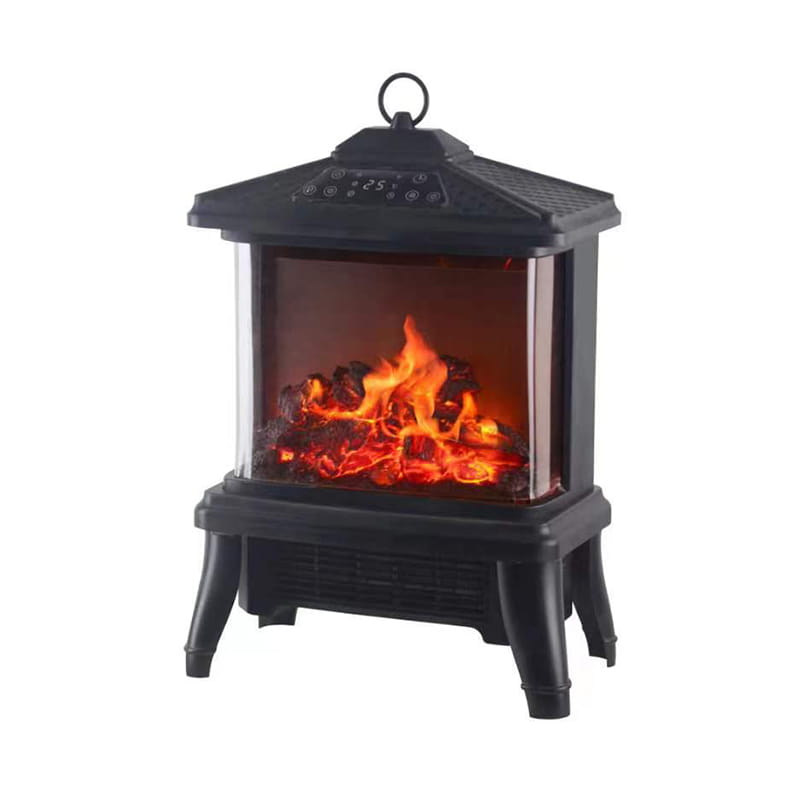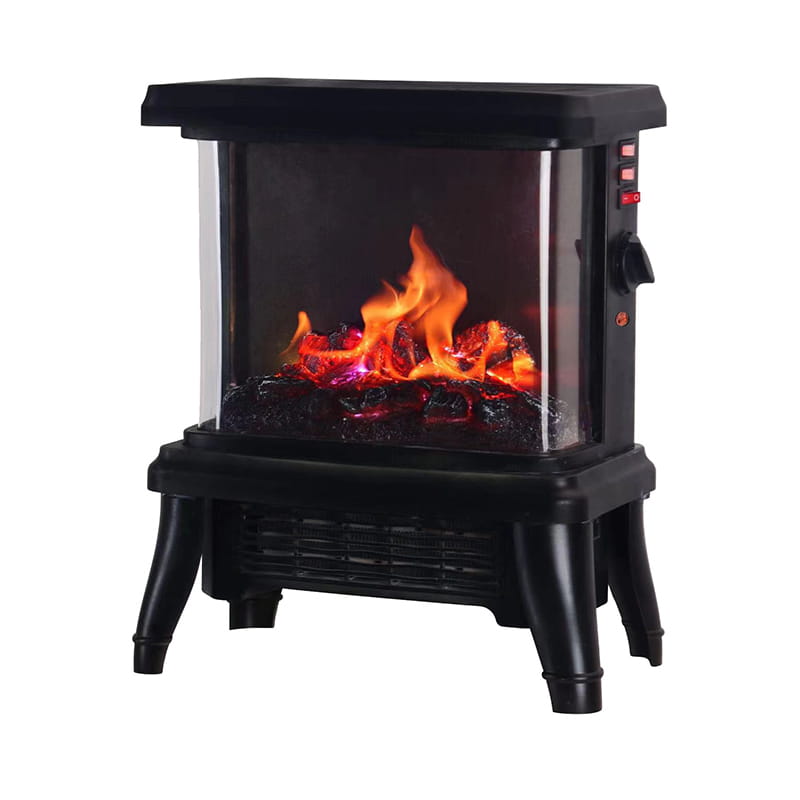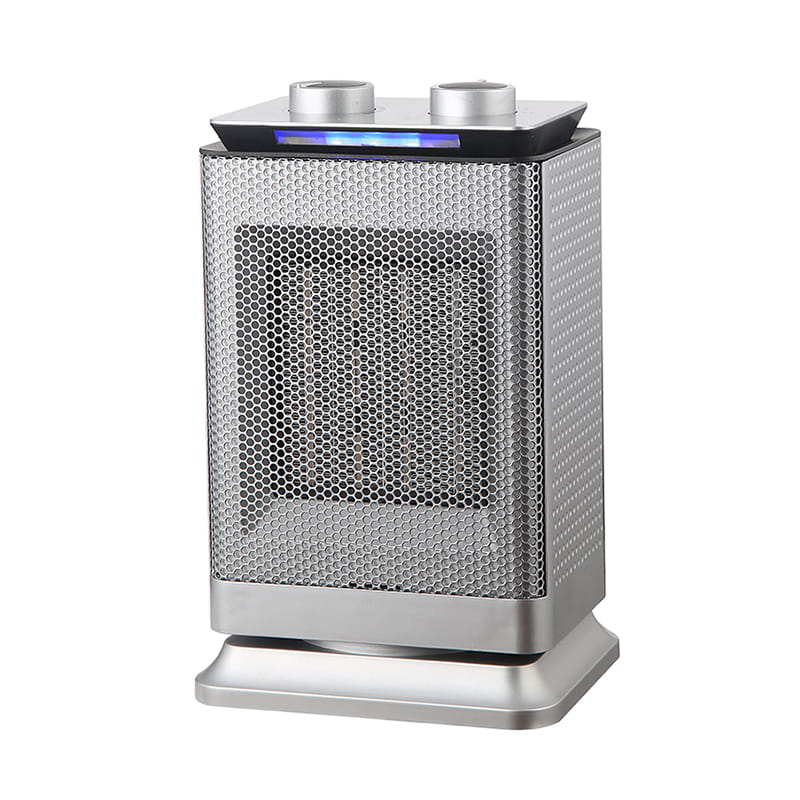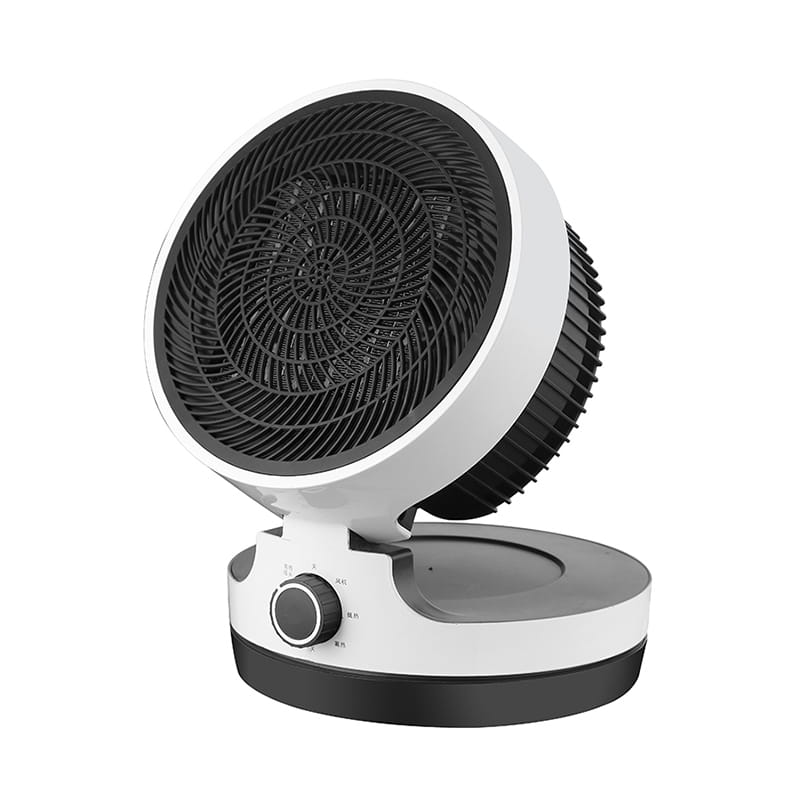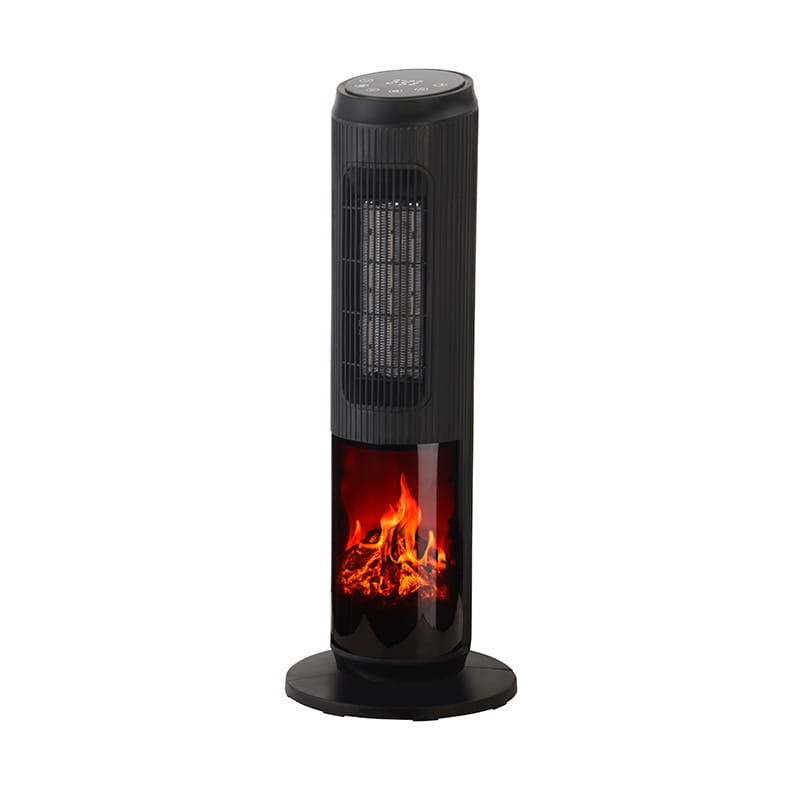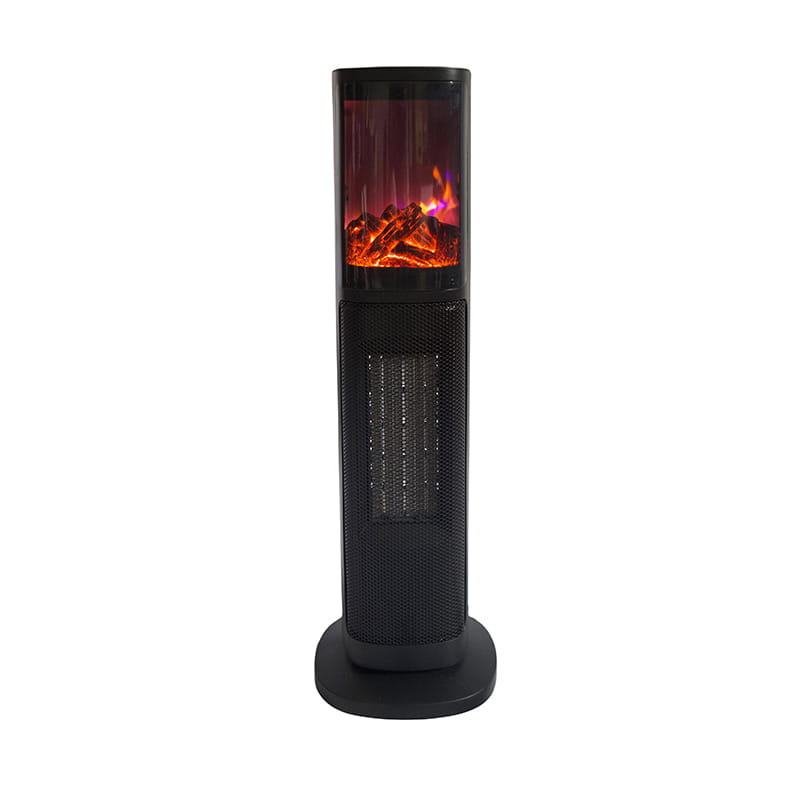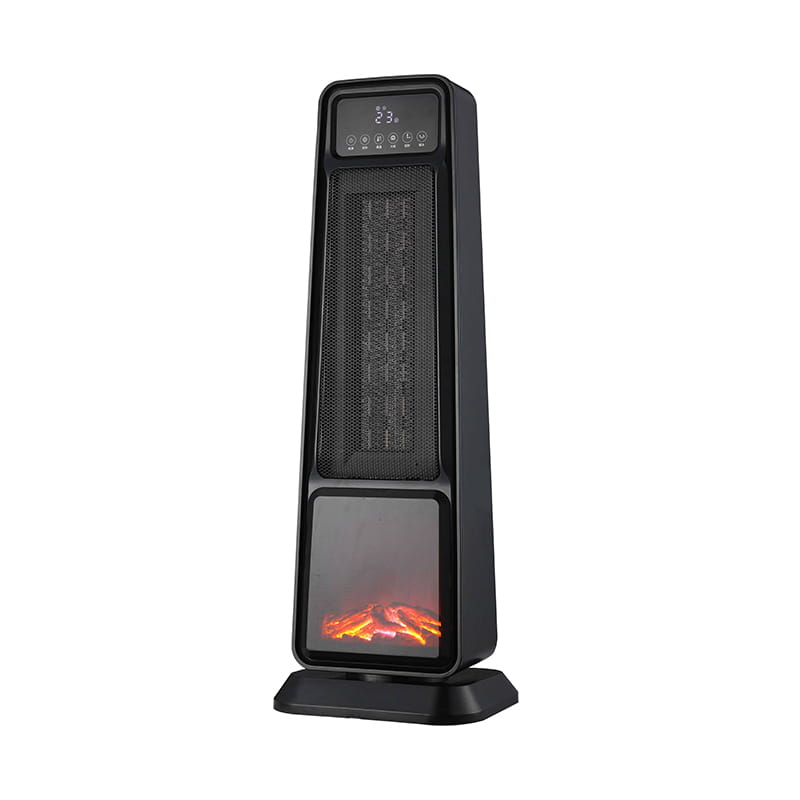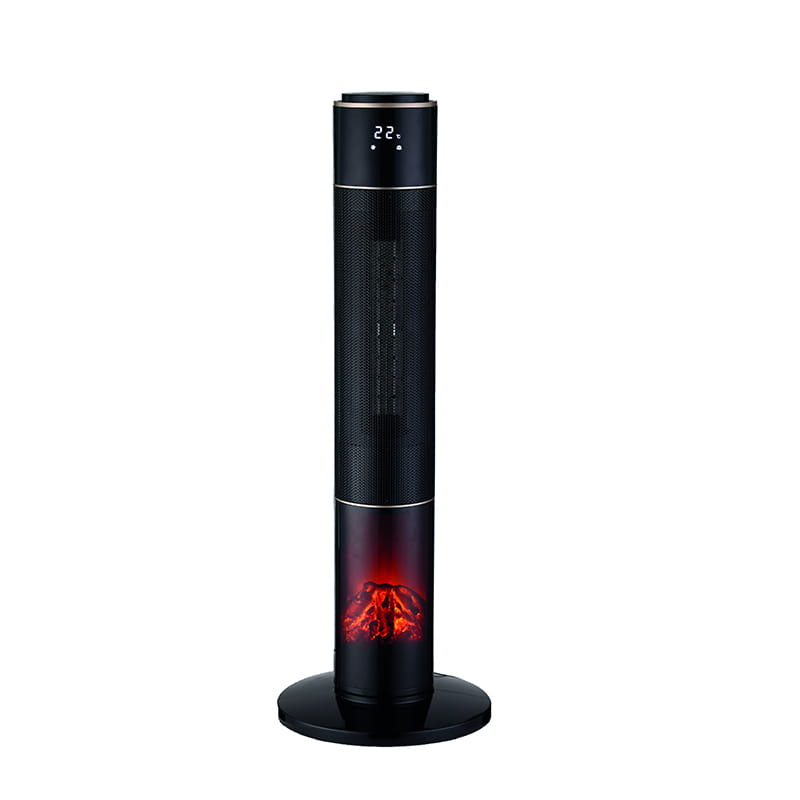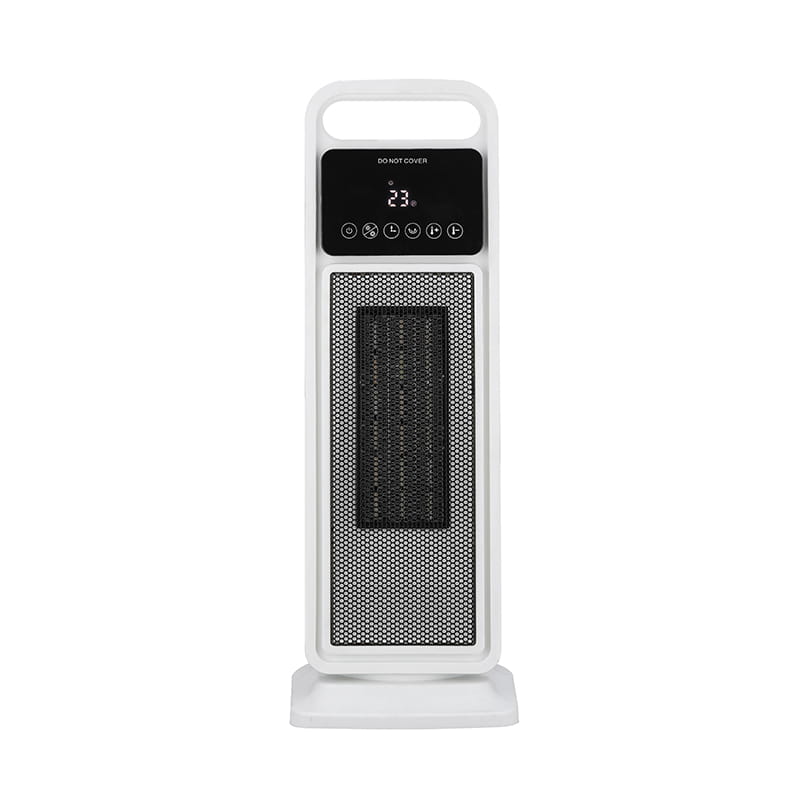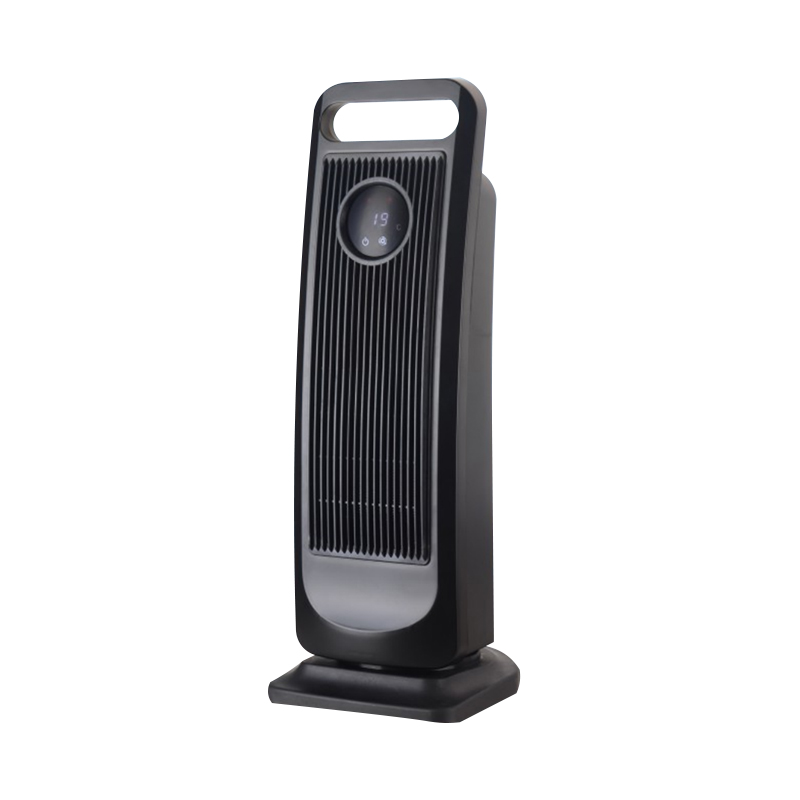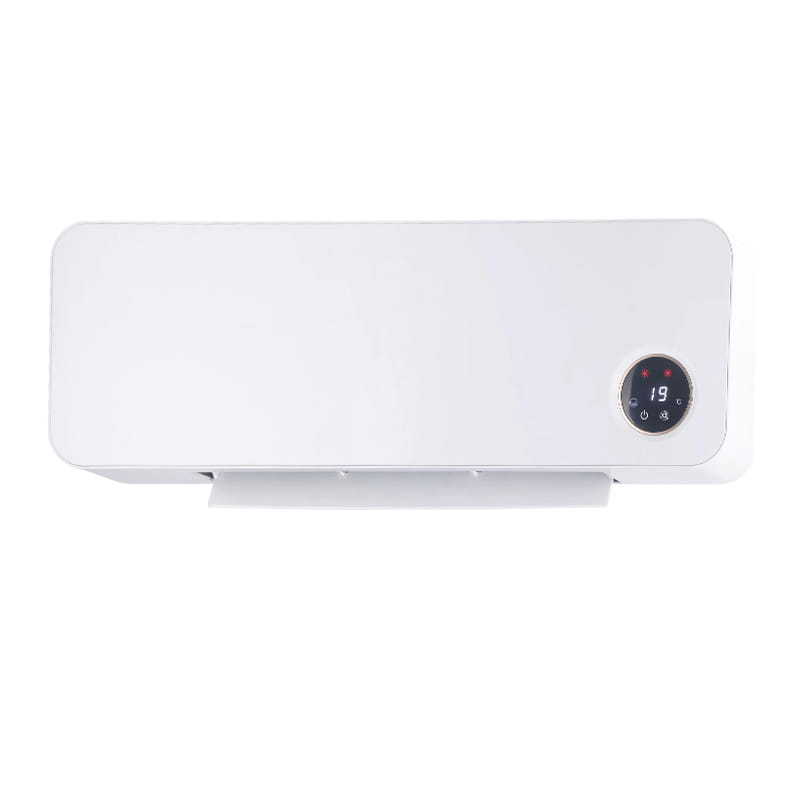Can the heater be turned on all night?
It is not recommended to keep the heater on all night long. Although the heater can quickly increase the indoor temperature, there are safety and health risks in using it for a long time.
1. Reasons for not keeping it on all night
(1). Safety hazards: Fire and burn risks
Component overheating: The core components of the heater (such as the heating wire and motor) are prone to overheating when running for a long time. If the heat dissipation is poor or the body is covered with flammable materials (such as curtains and clothing), it may cause a fire.
Short circuit risk: For old models or aging circuits, long-term use may cause internal circuit short circuits, especially in humid environments.
Scalding risk: The surface temperature of the body is high (some models can reach over 60°C). If accidentally touched at night (such as by children or pets), it may cause burns.
(2) Health issues: Dry air and respiratory discomfort
Dry air: The heater heats the air, which accelerates the evaporation of indoor moisture, causing the air humidity to drop (especially in the north where winter is dry), which may cause problems such as dry mouth, sore throat, and itchy skin. It is even more unfriendly to the elderly, children, or people with sensitive respiratory tracts.
Oxygen consumption and airtightness risk: If the indoor doors and windows are closed, long-term use may cause air stagnation. Although the heater itself does not consume oxygen, the dry environment will increase the burden on breathing.
(3) Energy waste and equipment loss
Continuous operation all night will increase electricity bills, and long-term high-load operation may shorten the service life of the heater (such as motor aging and component loss).

2. Recommendations for safe use of heaters
If you need to use the heater at night due to special needs, be sure to follow the following principles to minimize the risk:
(1). Control the duration and distance of use
Avoid running the heater continuously all night: You can set a timer function (if available), or turn it on for 1-2 hours before going to bed to increase the room temperature, and then use bedding to keep warm after turning it off; if you must use it all night, select "low temperature mode" (such as below 20℃) and stop the heater for 30 minutes every 3-4 hours to ventilate.
Maintain a safe distance: Do not place flammable objects (curtains, clothes, paper, etc.) within 1 meter of the heater body, and avoid blowing directly on fabrics such as beds and sofas.
(2). Ensure the safety of the equipment and environment
Choose qualified products: Give priority to purchasing brand models with "overheating protection" (automatic power off when the temperature is too high) and "dumping power off" functions, and avoid using products without "three-no" functions.
Regular inspection and maintenance: Before use, check whether the power cord is damaged and whether the air outlet is blocked by dust to ensure normal heat dissipation; if you find any odor, abnormal sound or the heater body is overheating during use, immediately turn off the power and stop using it. Keep the room ventilated: Open windows for 10-15 minutes every 2-3 hours, or use a humidifier (maintain humidity at 40%-60%) to alleviate dry air.
(3) Precautions for special groups
For families with elderly people, children, or pets, it is recommended to place the heater in a high place (such as a table) to avoid direct contact; a protective cover can be installed when using it at night.
-
Feedback

 English
English Deutsch
Deutsch 中文简体
中文简体
